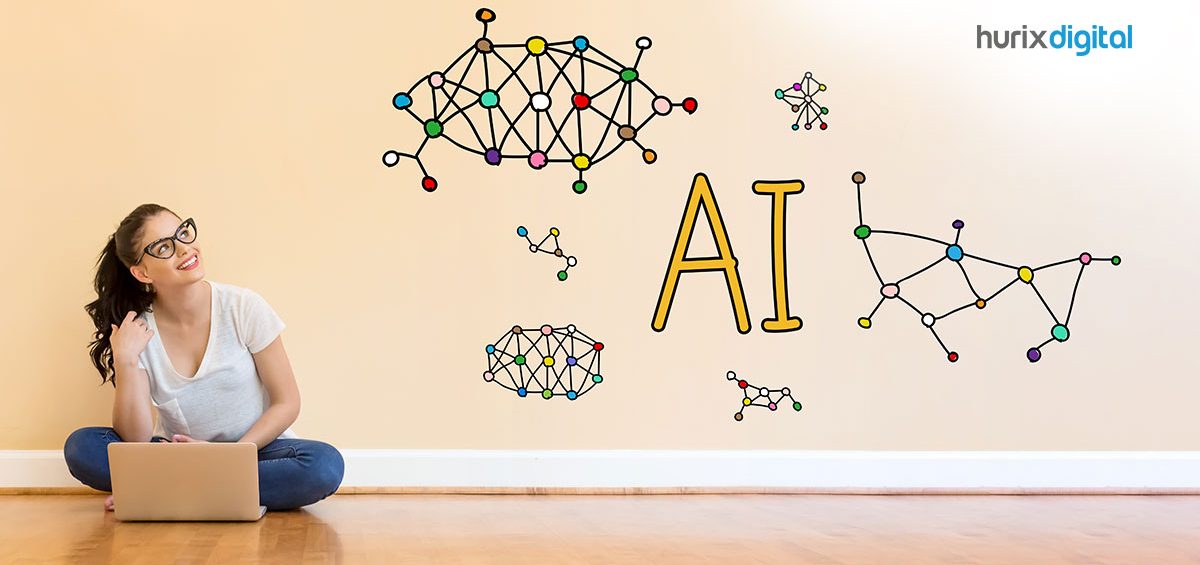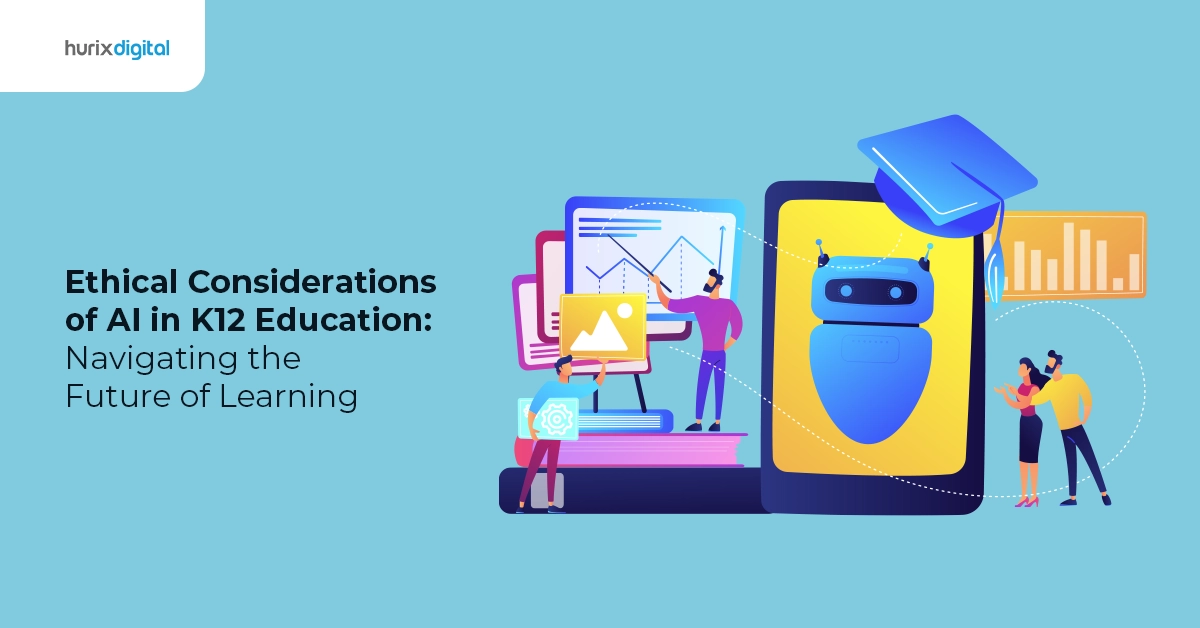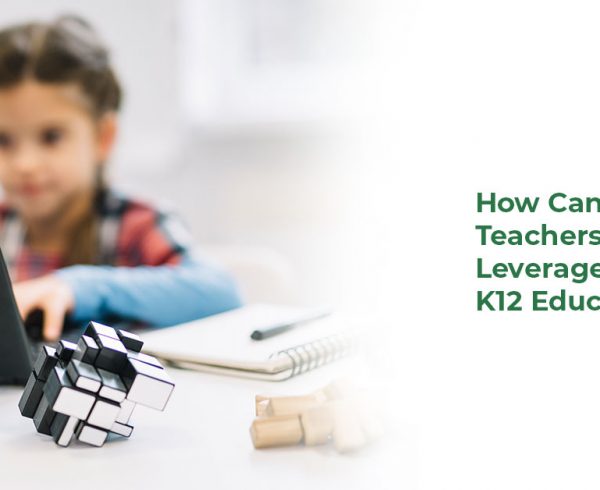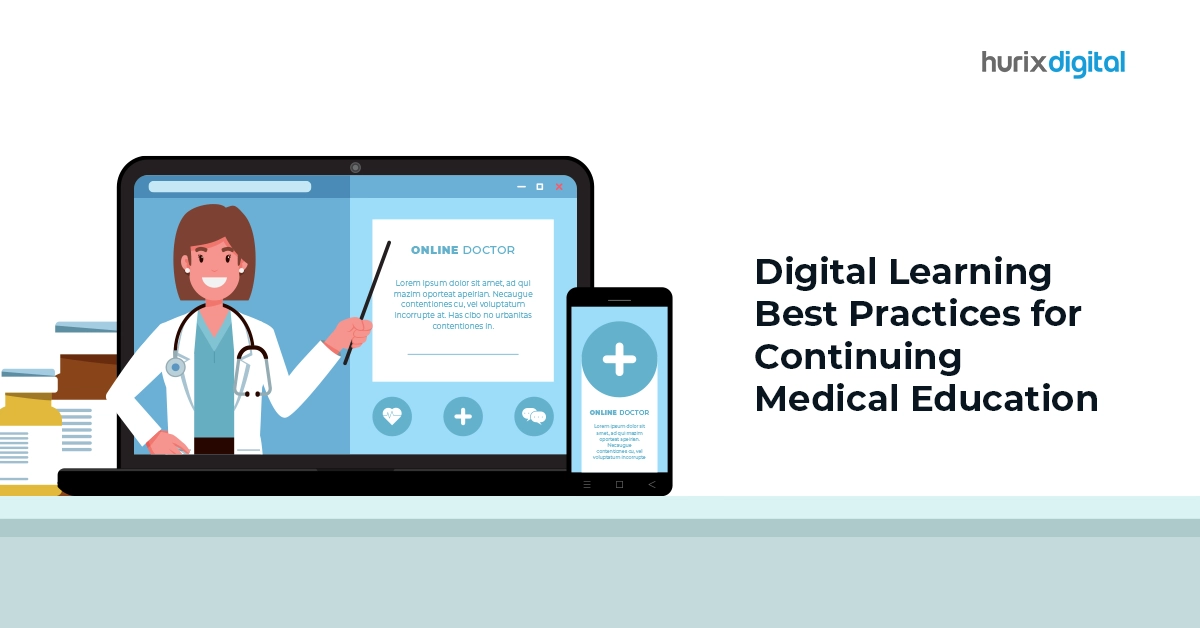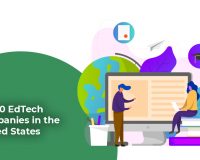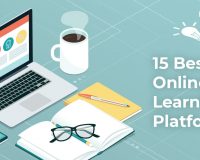Summary
Dive into the future of ai in k12 education with AI-powered innovations. Explore how robotics and artificial intelligence are revolutionizing learning experiences, from personalized tutoring to interactive classrooms. Discover the transformative potential of AI in shaping the next generation's education, fostering creativity, critical thinking, and preparing students for a tech-driven world.
With the growing importance of artificial intelligence in our daily lives, it’s no wonder that educational institutions are racing to catch up with the need to leverage intelligent systems that are helping students learn better and achieve their learning objectives.
Table of Contents:
- How Can Robotics and AI Tools Be Used in K-12 Learning?
1. Individualized Learning
2. Customized Curriculum
3. Easing the Workload for Teachers
4. Collect Meaningful and Immediate Feedback
5. A Robust Technology to Attend School - Conclusion
AI or Artificial intelligence – the ability of a computer program to do human tasks such as thinking and learning – is transforming the concept of both K-12 learning and higher education alike. A Technavio report about the AI market in the US education sector also predicts a nearly 48 percent growth rate for AI tools over the next three years.
So, where and how does AI fit into K-12 learning?
Let’s explore –
Robotics and AI in K-12 Education are becoming increasingly commonplace in schools, largely due to the fact that students in K12 schools will graduate into a highly tech-driven workforce where robots will become widely used in everyday lives.
Also Read: Role of Artificial Intelligence in Custom Application Development
While individual use cases may vary based on context, effective robotics/AI in education can be grouped into the following general roles –
- Integration – AI solutions can be integrated with other tech initiatives such as IoT-driven networks and smart technology to offer personalized learning solutions for students
- Automation – Robotics, AI, and other technological tools can be used to automate tasks such as grading, timetable scheduling, or digital asset categorization, giving educators more time to engage with students
- Delineation – AI-driven analytics in education can be used to identify important trends and delineate key markers to help educators design the most effective classroom experiences
- Identification – Data analytics, coupled with smart and adaptive AI solutions, can help in identifying critical areas for both student and teacher performance
How Can Robotics and AI tools Be Used in K-12 Learning?
5 Ways Robotics and AI Can be Utilized in K-12 Classrooms –
1. Individualized Learning
AI can be used to facilitate the application of higher levels of individualized learning through innovative and interactive learning programs. An AI-based educational system allows educators to cater to individual student needs by putting more focus into specific topics and reiterating the areas that the students have not understood clearly.
AI tools also have the ability to identify a student’s strengths and weaknesses to know where they may be struggling. With this information, AI can be used to offer students the required tools they need for success.
Example – Cognii’s AI-based products made for K-12 help students by employing conversational technology to guide them in open-format responses that also improve critical-thinking skills. Further, the virtual assistant also provides real-time feedback, one-on-one tutoring, and is customized to each student’s individual needs.
2. Customized Curriculum
Apart from helping identify an individual student’s weaknesses, AI tools can also help determine if there are parts of the curriculum that the students are struggling with. This allows educators to take corrective measures and design a customized curriculum as per the learners’ needs.
For example, if a high percentage of students in the classroom get the same question wrong, it allows the teacher to review the learning material and dive into that subject more to ensure that students get a conceptual understanding of the subject. Also, in case there are areas that are more difficult for a teacher, they can utilize supplemental AI teaching tools for better delivery of lessons.
Educational robots programmed to suit each individual’s needs are another way to improve K-12 learning, especially for students with special needs. Children with autism, for example, can be supported better by robots in the learning of communication and social skills, interacting with special devices that adapt their answers and responses to students’ reactions.

nuance.com
Example –Nuance makes speech recognition software for students and faculty. The technology can transcribe up to 160 words per minute and is especially helpful for students with limited mobility or ones who struggle with writing.
3. Easing the Workload for Teachers
One of the other ways AI can be used to improve K-12 learning is by assisting teachers in mundane administrative tasks like grading assignments, thereby freeing more time to create bespoke lesson plans for each student.
Instead of grading every student’s work individually, which can take up a huge amount of extra time, technology allows teachers the ability to have their students’ work automatically graded with AI tools.
Example – Century Tech is a platform that utilizes data analytics and cognitive neuroscience to create personalized learning plans and reduce workloads for instructors. It is an excellent AI platform that tracks student progress, identifies knowledge gaps, and offers personal study recommendations, gives teachers access to resources, and reduces time spent on planning and grading.
4. Collect Meaningful and Immediate Feedback
Besides helping educators craft lessons that are customized to individual student needs, AI tools can also help offer essential feedback to students and teachers on lessons or subjects where improvement is possible. This allows schools to monitor individual students and alert teachers on their areas of weakness.
Further, AI systems can also be used to relay feedback on how to approach the concept in which the students’ weaknesses can be identified and applied together with other methods of learning for better learning outcomes.
Example – Thinkster Math is an excellent tutoring program developed for use on tablets, laptops, and desktops. This K-8 platform combines AI with human interaction to provide students with custom programs. The AI technology helps in tracking work step-by-step and assisting students in understanding where they went wrong or why they are correct.
5. A Robust Technology to Attend School
Educational robotics offers an innovative solution for students who cannot attend school. These robots can be used to bring into the classroom all those students who cannot attend the lessons because of their particular physical conditions.
Whether the student is recovering at home after a surgery or has severe allergies restricting him/her from attending school, they can still access a real school experience through a device (personal robot) that attends school and brings the student with it via a dedicated internal video conferencing system.

media2.govtech.com
Example – VGo is a perfect example of a robot that helps students attend school, interact with teachers, chat with friends, and spend the lunch period with them without endangering the student’s health.
Conclusion
The future of robotics and AI in K-12 education is only limited by our imagination and the speed at which technology is evolving.
With the development of more advanced integrated technological solutions, the future holds immense potential for better student experience in K-12 learning that will significantly help in students’ growth and development. Talk to us to explore the possibilities in K-12 Education.


